
Gao Tai County is located in the middle of the Hexi Corridor in Gansu Province, downstream of the Heihe River. It has been known as the “key to the Hexi Corridor and the throat of five prefectures” since ancient times. During the Han Dynasty, it was an essential stop on the Silk Road, with national key cultural relics protection units such as the Camel City ruins, Xu San Wan city and tombs group, and the Han Ming Great Wall located within its borders.
Big Vision Medical’s independently developed AI intelligent ophthalmic equipment is leaving more footprints along the ancient Silk Road, using modern technology to safeguard the eye health of the people.
Policy guidance
County hospitals bear the task of providing basic medical and public health services to residents and play a crucial role in the grassroots medical and health system. The new medical reform clearly aims to establish a three-tier medical radiation network led by county hospitals. In 2021, the National Health Commission released the “Thousand County Project” County Hospital Comprehensive Capacity Enhancement Work Plan (2021-2025), which proposed to promote county hospitals into a new stage of high-quality development, sink high-quality medical resources to the county level, gradually integrate and share medical resources within the county, effectively implement the leading role of county hospitals in the county’s medical service system and bridge the linkage role of urban-rural medical service system. It strives to achieve that at least 1,000 county hospitals across the country reach the level of tertiary hospital medical service capabilities within five years, laying a solid foundation for solving common diseases in cities and counties.

As the aging of the population in China deepens, fundus diseases such as age-related macular degeneration have become the leading cause of blindness among the elderly. The survey results show that the incidence of age-related macular degeneration in the population over 50 years old is 15.5%, with a large number of patients. County hospitals play an important role in fundus disease screening and prevention. Optical coherence tomography (OCT) is an important examination equipment for eye diseases such as age-related macular degeneration and diabetic retinopathy, and has been included in the “Recommended Standards for Medical Service Capabilities of County Hospitals.”
The introduction of Big Vision Medical’s fully automatic artificial intelligence OCT BV1000 will further enhance the comprehensive strength of the ophthalmology department of Gao Tai County People’s Hospital and the regional service guarantee capability.
Equipment installation
The installation of Big Vision Medical’s fully automatic artificial intelligence OCT BV1000 at Gao Tai County People’s Hospital has been completed. The first impression of the ophthalmologists was that “the operation is too simple and convenient”. BV1000 provides full-process voice guidance and automatic pupil positioning and focusing, which can complete a bilateral eye examination within 2 minutes, eliminating the need for operators to prompt patient information, locate pupils, and judge signal strength, and significantly improving the efficiency of the examination and the patient experience.
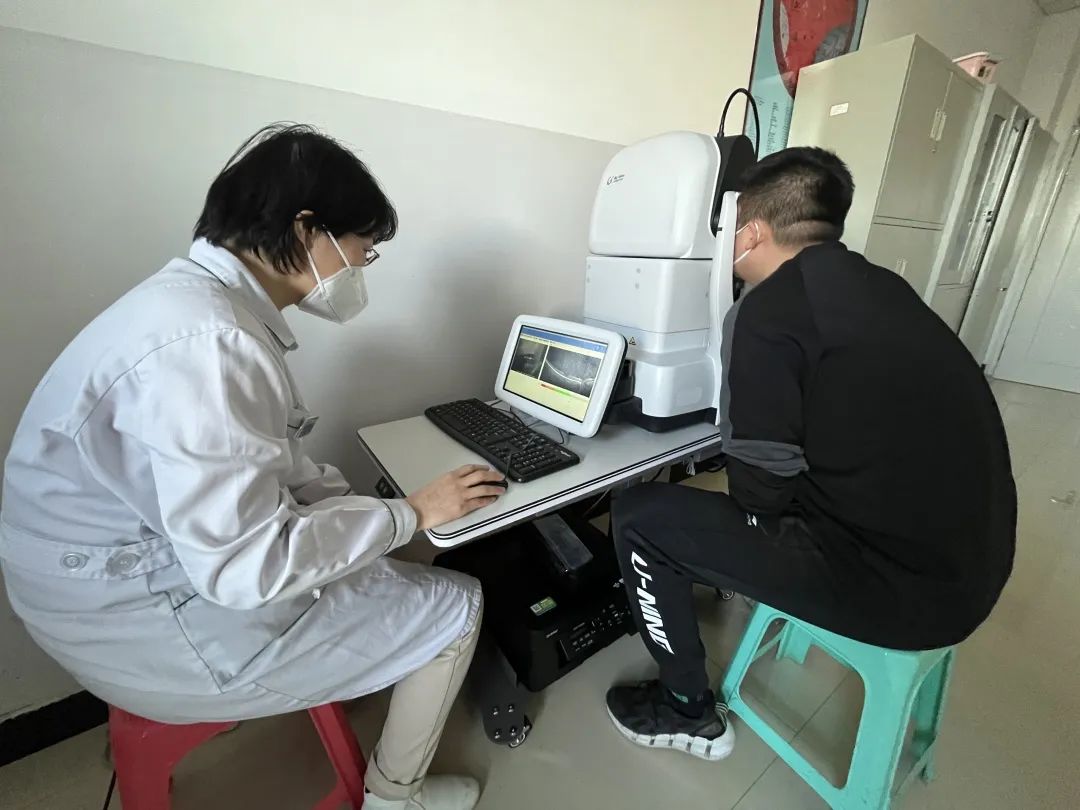
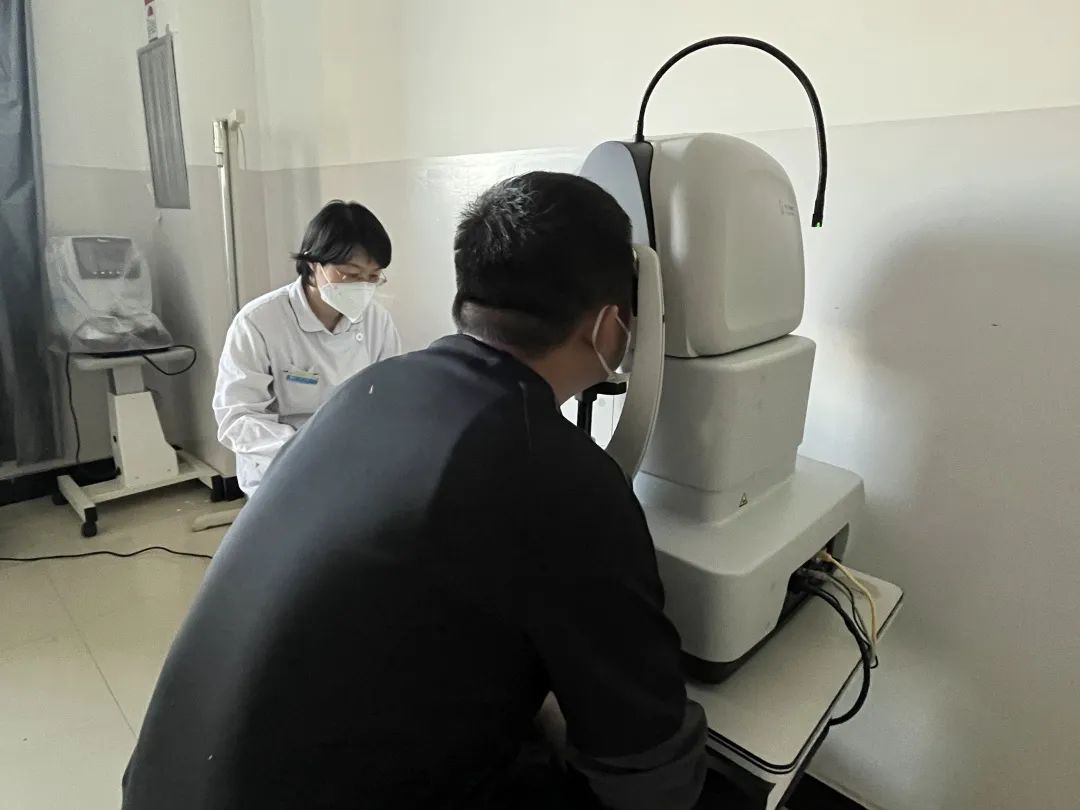
Installation site
This fully automatic artificial intelligence BV1000 provides important support to ophthalmologists, and is equipped with Big Vision’s industry-leading OCT AI analysis algorithm. After completing the examination, the AI automatically identifies and annotates the lesion area, and displays the location and type of the disease in detail in the disease slice report, providing valuable reference information for doctors. China’s ophthalmic medical resources are relatively inadequate and unevenly distributed, which is particularly prominent at the grassroots level. Advanced ophthalmic AI can provide greater assistance to county-level and grassroots hospitals in clinical ophthalmology.
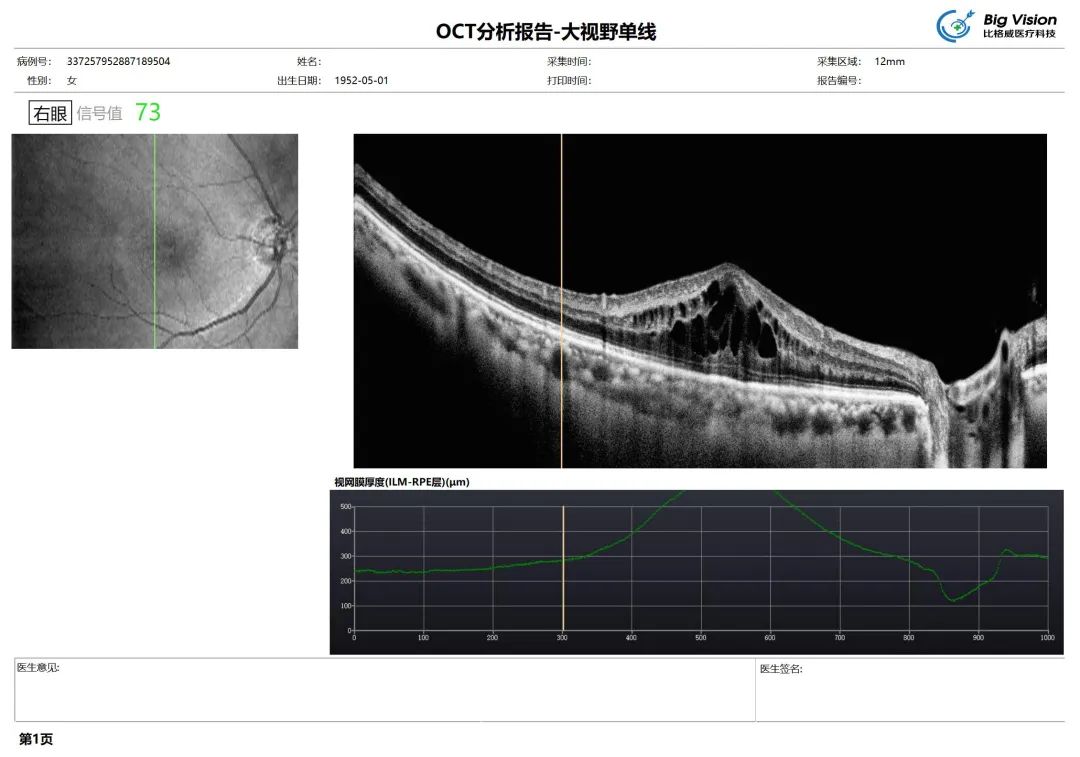
OCT analysis report
Eye health knowledge popularization
Optical Coherence Tomography (OCT) is an important examination equipment for major ophthalmic diseases. OCT uses the principle of weak coherent light interference to perform cross-sectional scanning of the retina, which can clearly display the structure of different layers of the retina. It can objectively, quantitatively, and non-invasively measure and analyze the microstructure of the retina. OCT is characterized by its fast speed, non-contact, and non-invasive features.
We can use OCT for examinations of the following diseases:
1、Macular diseases (AMD, macular edema, macular hole, epiretinal membrane).
2、Diabetic retinopathy.
3、Hypertensive retinopathy.
4、Retinal choroid diseases (central serous chorioretinopathy or exudative diseases, retinal pigment degeneration).
5、Retinal detachment or holes.
6、Optic nerve diseases.
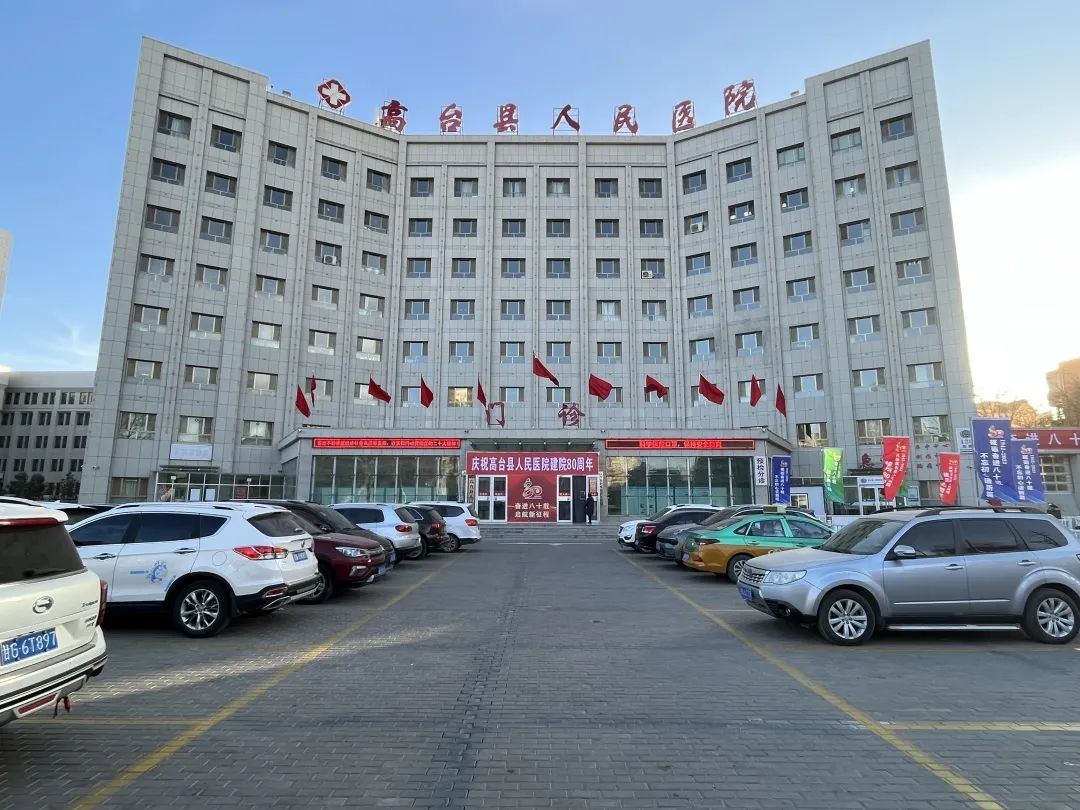
Through this, we call on all citizens to pay attention to and protect their eye health. The eyes are an important window for us to understand the world and obtain information. Damage to vision and the occurrence and development of eye diseases can bring inconvenience and irreversible harm to our learning and life. We need to actively pay attention to and guard our eye health, develop good eye habits, and regularly give our eyes a comprehensive “physical examination”. Let us all prioritize prevention before treatment and strive to have bright and clear eyes.
At the same time, we look forward to empowering grassroots ophthalmic diagnosis and treatment through artificial intelligence technology, and working tirelessly to provide comprehensive, fair, and accessible eye health services to the people.




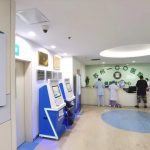




No comments yet.